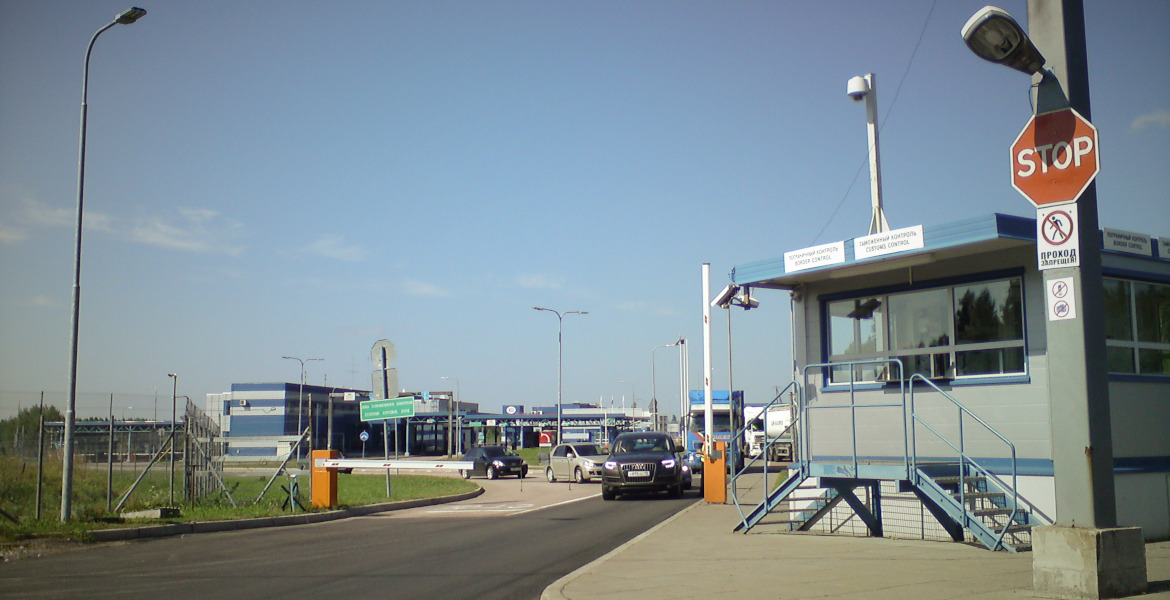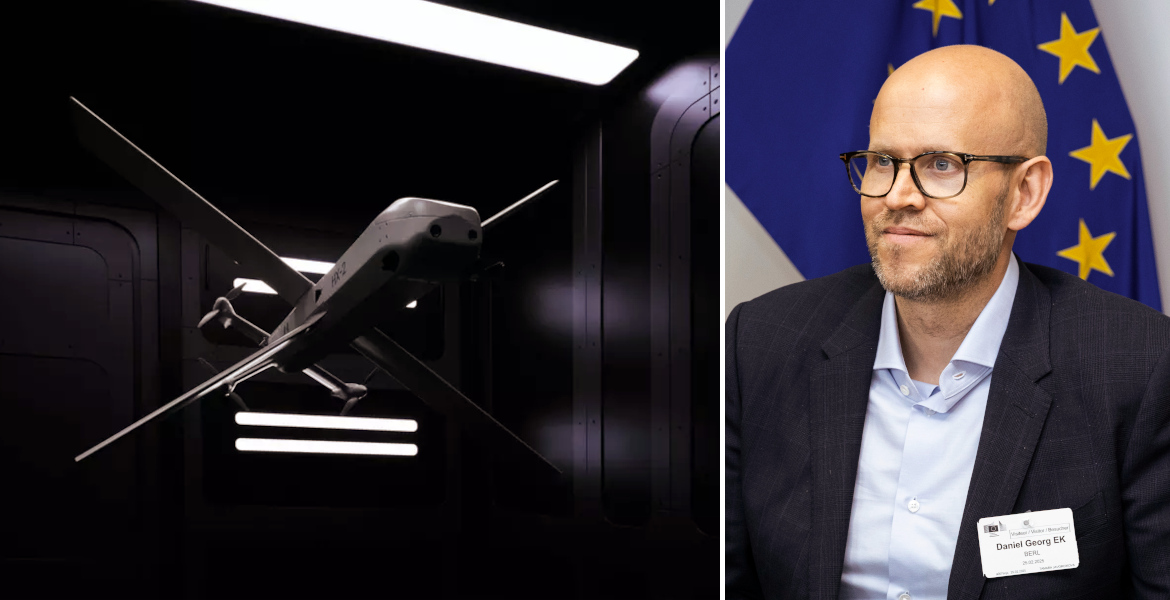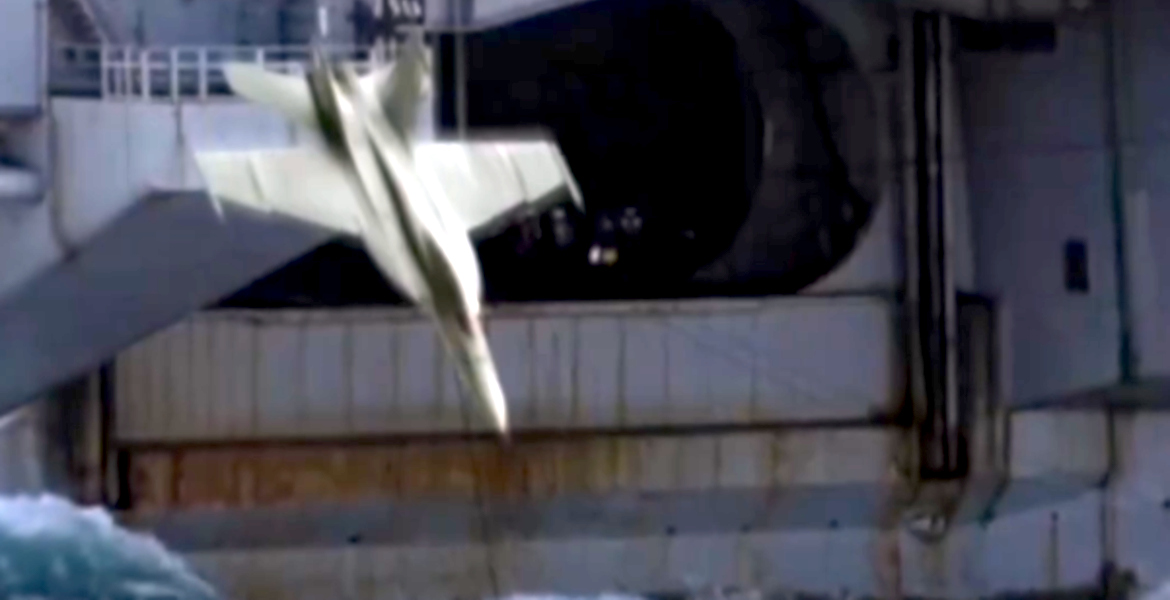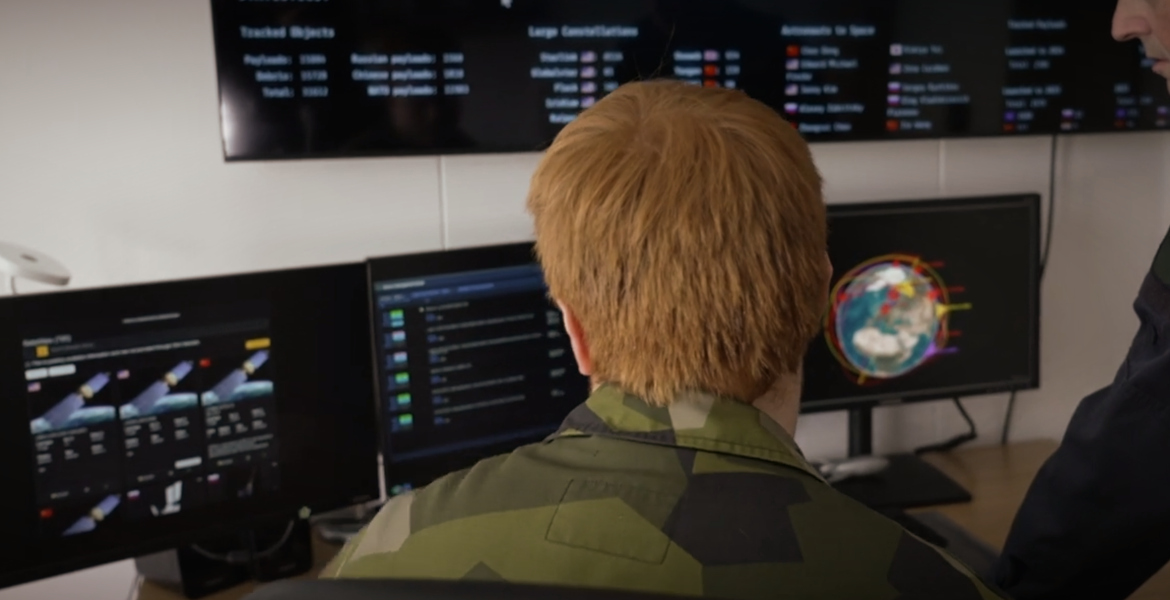The Church of Sweden in Gothenburg has been instructed to prepare for the possibility of burying 30,000 fallen soldiers in a short period in the event of war or a "major disaster".
Swedish leaders have recently tried to sell the message that Sweden is already at war with Russia – or at least that war may very soon become a reality.
Against this background, the Swedish Civil Contingencies Agency (Myndigheten för samhällsskydd och beredskap) has also urged Swedish churches and funeral directors to prepare and secure land to be able to bury a very large number of dead in a short time. And the Church of Sweden in Gothenburg is one of the actors that has been tasked by MSB to be ready to quickly solve 30,000 coffin burials as part of the Swedish crisis preparedness.
– We need to prepare to deal with fallen soldiers and it is quite new for us to start building preparedness for that now, says Katarina Evenseth from the Gothenburg Burial Society.
Must be able to be moved
– The biggest challenge for us, who are also looking for burial land in general, is to ensure that there is actually enough contingency land to match the recommendation that has come now with so many hectares, then we need to get rid of more burial land.
The Swedish Armed Forces estimate that at least 10 hectares of land need to be prepared for a "major disaster or war", but it is still unclear exactly where the cemetery will be located.
– What is unique about war graves and soldiers' graves is that they should also be able to be taken care of and eventually moved back to their home countries or hometowns when things are calm again, explains Evenseth.




